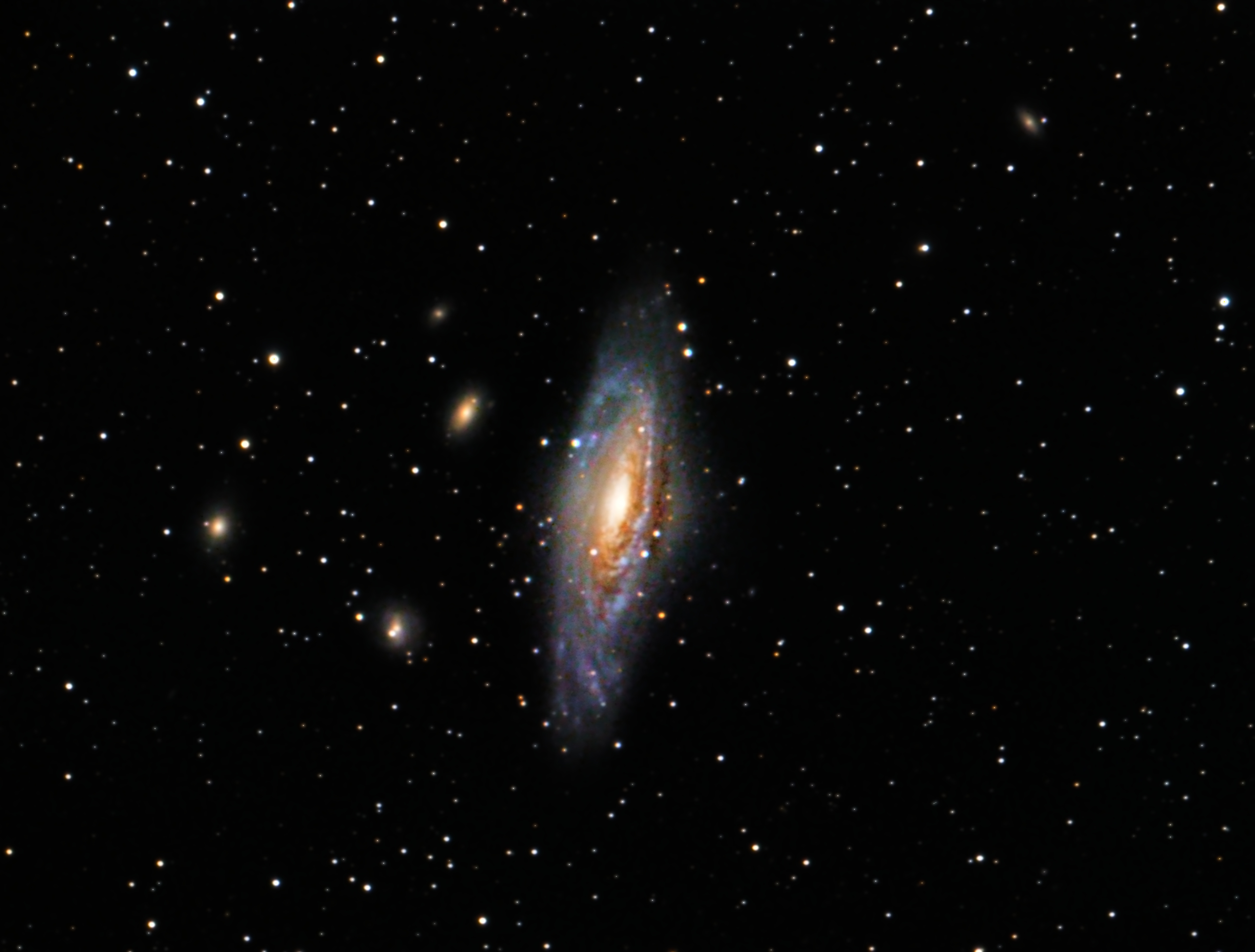Observation by Dean Ashton: To bin or not to bin?
Uploaded by
Observer
Dean Ashton
Observed
2018 Sep 12 - 21:00
Uploaded
2018 Sep 22 - 12:40
Objects
Planetarium overlay
Constellation
Pegasus
Field centre
RA: 22h37m
Dec: +34°25'
Position angle: -0°56'
Field size
0°25' × 0°19'
Equipment
- 235mm (9.25") Celestron EdgeHD
- Celestron Nightscape 10100 OSC Camera
- Loadstar X2 Guide Camera with Off-Axis Guiding
- Celestron CGEM Mount
Exposure
34x600-second f/10
Location
St Austell, Cornwall UK
Target name
NGC 7331
Title
To bin or not to bin?
Copyright of all images and other observations submitted to the BAA remains with the owner of the work.
Reproduction of work by third parties is expressly forbidden without the consent of the copyright
holder. By submitting images to this online gallery, you grant the BAA permission to reproduce them in
any
of our publications.


